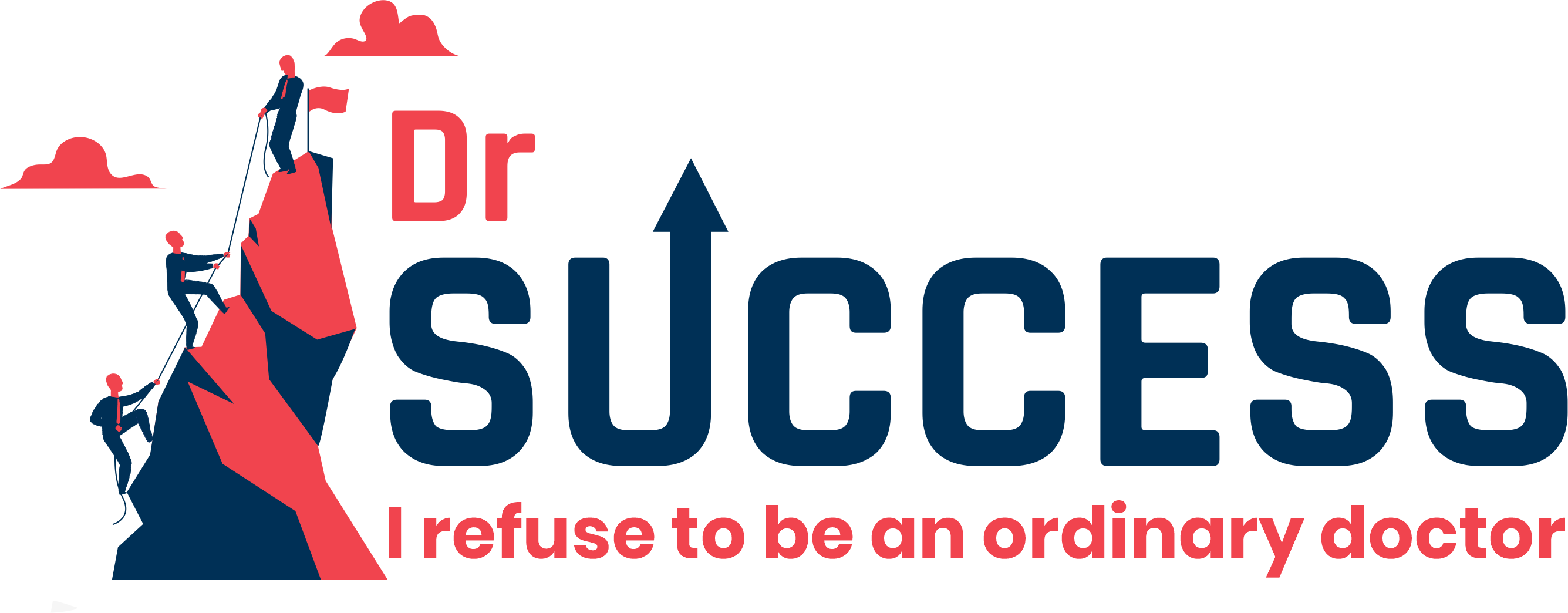

Here is your blockbuster guide to conquer the trust challenger and rise with confidence like never before. Compact and crisp for your ease.

Trust seems to be a word with collective and wide meaning! But, how to define it?
Well, if the word trust has to be defined in a way that’s understandable and provides a satisfactory meaning, then trust is indeed an unstained belief for a set of factors that can be both pre-set and newly formed. In fact, trust is an abstract mental attitude towards a particular concern or an aspect.
In Psychology, trust is defined as “a psychological state comprising the intention to accept vulnerability based upon positive expectations of the intentions or behavior of another”
(Rousseau et al., 1998, p. 395)
The theory of trust states that “trust is foundational for higher functioning in all human systems — from our families and friendships to our work teams and societal institutions”.
Now comes the most important and probably the most asked question “why is there a need for trust?” or “why trust exactly?”
Trust provides a sense of safety, and assurance and makes any other collaborative process smoother and more efficient. Trust is necessary for enhancing social interaction, better relationships of any kind, and most importantly for staying peaceful with a stable state of mind.
There are numerous reasons why trust is an important factor and being able to have healthy control over mental state and emotional well-being is the primary rationale.

Unsoiled trust and confidence are the foundation of any healthcare professional-patient relationship with efficient usage of both parties time.
Even though improved adherence to the medical service and outcomes have been ranked as the topmost priority, there are various other benefits too for having a sense of trust between the medical professional and patient.
The expectation that the medical professional’s behavior and decisions will ultimately bring good to the patient makes the person feel more relaxed and calm during the treatment tenure.
The latter-mentioned pointer assures an improved healthy state in the patient and safeguards the healthcare professional from experiencing burnout.
Several qualitative studies have proved that building healthy rapport between medical professionals and patients in the early stage of treatments are capable of bringing positive changes.
Open communication and transparency sets the base for trust factor in patients and practicing the same can bring in improved adaptivity to the treatment schedules with significant and notable outcomes.
Medical science is highly connected to human psychology and trust is indeed a cardinal parameter in the latter-mentioned science. It is true that most of your beliefs and coping mechanisms in life stay within you.
Be it in any field or any instance, the human psyche plays an irreplaceable role in rearing the desirable outcome. Trust being one of the most crucial yet effective elements in human psychology, it is undeniably true that the unstained sense of trust can foster medical treatment regimes.
“A good doctor is not just someone who knows how to treat illnesses,
but someone who knows how to treat people.”– Anonymous.
Not every other patient is going to be easy to handle, but every patient can be made softer and more cooperative with time and patience.
The key hack here is to be patient and try rapport formation with little conversations and by going beyond their expectation of acknowledging their perception and understanding them.
The patient deserves to talk and be listened too!
Listening to understand and listening simply has got a significant difference and your patient is always wise enough to understand the difference.
The cardinal goal here is to build a sense of trust in your patient about the whole medical set-up and in the healthcare professionals for enhanced and smoother form of treatment plans and procedures.

Being empathetic to the patient indeed helps in the active cooperation of the patient toward the treatment schedules.
Also, it sure does help the doctors to gain great clarity on the patient’s well-being and emotional stability. Empathy is undoubtedly the safe yet sound way to inculcate a therapeutic relationship between the patient and the doctor and strengthen the same.
Clear communication is your next key to making things smoother, relationships stronger, and strategies efficient.
Clear communication between the patient and the healthcare leaves no room for miscommunication and misguidance thereby giving a sense of relief to the patient (the presence of any discomfort or disease already makes the patient goes through a high amount of stress and these tiny little things can actually make a difference).

Although any treatment procedure starts with diagnosing, discovering, and analyzing, making the goals clear is one of the most crucial steps.
Understanding the common and healthy goal and getting consent for the same from the patient with transparency effortlessly brings in an improved sense of trust and adaptivity to the treatment procedures.
Always make the goals clear to the patient and also the pathway preferred for the same. Educating your patients about Plan Bs can assure an elevation in the trust factor.
It is very much essential to take not just consent from your patient while making a decision but also to involve him/her in the decision-making process.
It is possible to happen that sometimes the patient might not be cooperative and amicable at all, but involving the patient in the decision-making process with the goal of achieving the healthier best will always have an added advantage.

Just like how noticing the body language of your patient is important, it is also important to watch out for your body language while associating with your patients.
Body language in fact speaks more than words. Just keeping your hands open, regularly nodding to their words, and smiling moderately gives in the idea of being welcomed, which in turn makes your patient feel
more comfortable and confident.
By now, it is important to understand that “Tiny things do matter”.
Just like how you wish the best for your patient, the patient also wishes the same.
For the same reason, they do have all the right to know about treatment procedures, the pros and cons, and more.
It is highly important to make your patient aware of the different treatment procedures that are available (if there are any), and the unbiased pros and cons.

The patient might not always be able to describe the feelings, emotions, and impact verbally, rather they might be unknowingly depending on non-verbal cues.
As a healthcare professional, it is important to closely observe things and it will undoubtedly help in gathering crucial insights into the patient’s well-being.
As mentioned before, it’s not always on scientific and logical backing to questions and concerns, but in making the patient feel heard and involved.
Studies have shown that just making the person feel heard and involved already projects faster adaptivity and better adherence to the treatment strategies and medicines, It is often the inner satisfaction and awakening that helps the person to cope better.

Having an eye for accuracy calls for better diagnosis and thereby better decision-making. Cross-checking on the symptoms and difficulties with the patient always reduces the space for inefficient diagnosis and increased the betterment of medical services.
Additionally, it also comes with the added benefit of feeling heard and acknowledgment thereby building a sense of trust in the patient.
Last, but never least!
This might sound really silly and simple, but maintaining eye contact has got its own power and magic. When you look into the patient while both speaking and listening, it gives the patient a sense of acknowledgment and safety assurance thereby making him/her feel that they are in a safe place.

“In an emergency, what treatment is given by ear? Words of Comfort.“
Abraham Verghese

Email : girish@happitude.in
Mobile # +91 - 9845848572